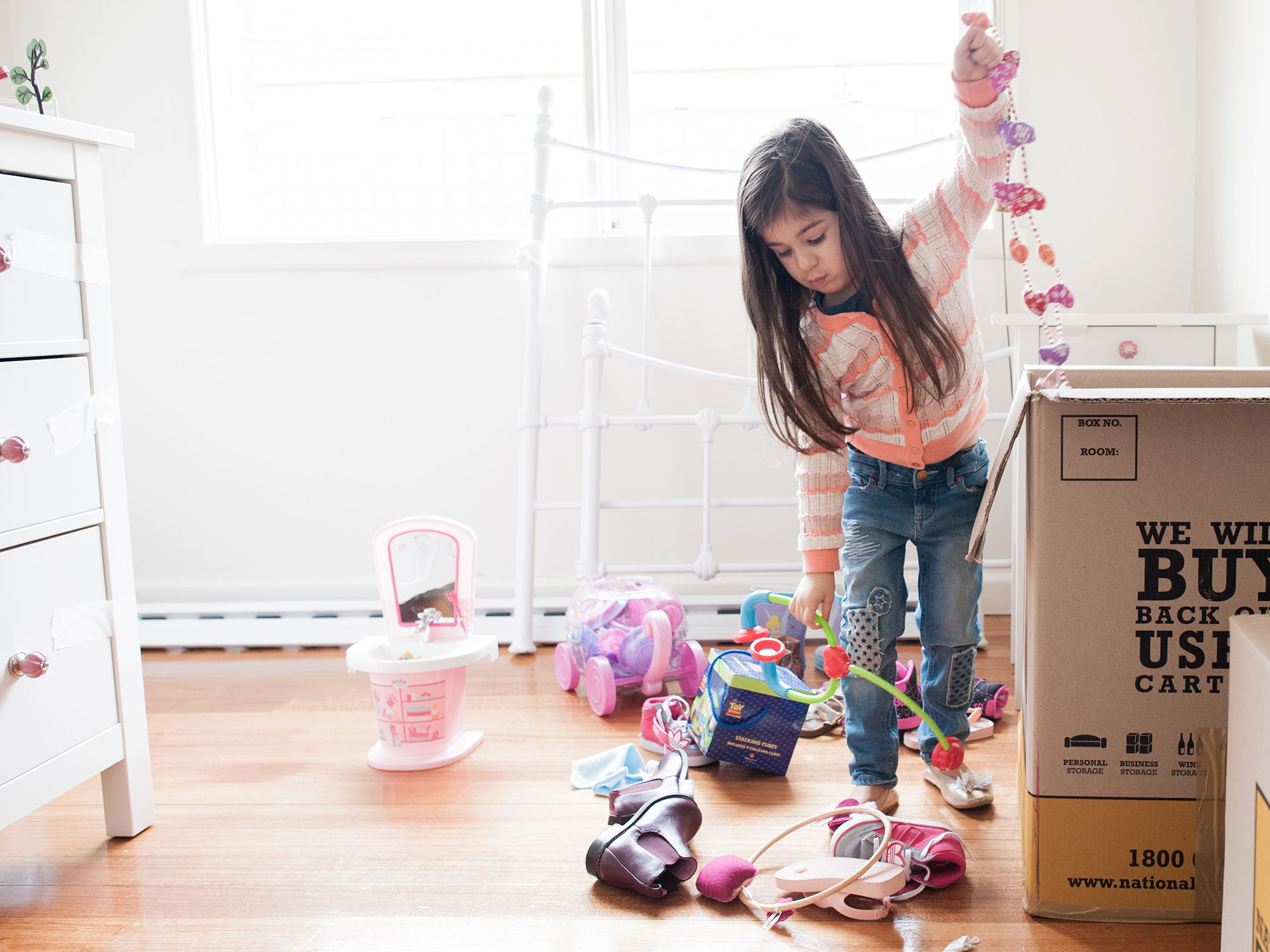It’s the question homeowners are asking themselves each and every week across Australia: “Just how much is my property REALLY worth today?”
Estimating a property’s value used to be a straightforward exercise. Simply scour the local listings and compare similar sales in your area.
But times have changed, and now things aren’t always as clear-cut.
Jellis Craig Boroondara director Steven Abbott suggests the best way to approach determining your property’s true value is to analyse a few key factors which can provide a very good guide as to how much you might be sitting on.

36 Airlie Ave, Prahran, sold for $2.325 million.
Council zoning and overlays
Seen a house very similar to yours, in a street nearby, sell for a particular amount?
There might be a very good reason why it’s fetched more or less than you might have expected, and why its sale price differs to what you can achieve for yours.
“The challenge these days for vendors is that there are so many of these variables – zoning law changes, heritage overlays, period versus non-period streetscapes – that effect positively and negatively on value,” Abbott says.
“We see in our inner eastern suburbs, even within the same postcode, a property two or three streets away that on face value looks exactly the same can sometimes have a 20 per cent to 30 per cent different valuation.”

A heritage streetscape. Picture: realestate.com.au/buy
What’s the highest end use?
Abbott says it can pay to speak with your local council about what current and future local laws apply to your property, as the land’s highest use will determine its value.
“I would even encourage owners, before they engage an agent in discussion, to check with their own council as to their own regulations and potential zoning changes. There’s been instances in our area where owners have been written to about potential pending overlay changes, and that does cause an effect on certainty for buyers, and therefore value,” he says.
“The highest end use could be that you can knock a 1940s or ’50s post-war house over and build a modern home. Modern homes in that area might sell for X and Y, which is a better end value than renovating the house.”
Looking to build? Search for builders in your area
“We see these properties on main roads or secondary roads that have been re-zoned, and their highest use is no longer a house, it’s a development site, so people are buying future value for what they can do with it.”
Consider square metre rates
Abbott suggests one of the most accurate guides to a home’s potential sale price is the rate per square metre that similar properties are achieving in the same area.
Prices that at face value might seem inflated or unrealistic are often pulled into focus once you look at the cost per square metre.
“As an example, in Hawthorn in Melbourne there was a sale of $4 million for a Victorian home on a comparatively small parcel of land with no off-street parking, but in a good area,” he says.
“It sells for $4 million and everyone says, ‘That’s ridiculous’, but then we went and worked out the square metre rate, which was $7900 per square metre, and it was exactly what every house around there sells for – about $8000 a metre.”
Abbott stresses it’s important to look at the most recent sales and data in order to gauge value accurately.
“Earlier this year we were getting $4500 to $5000 per metre consistently, but now we’re finding quickly that $4000 to $4200 may be achievable. There has been a shift, but if you look at data that’s more than three months old you won’t see that.”
How competitive is your specific market?
How many types of buyers or buyer groups are likely to be competing for your property? It’s an important question to ask, Abbott says.
For example, single-fronted, renovated inner-city homes appeal to both downsizers and young professionals, so they’re always going to have greater appeal and see sharper increases in value than properties with only one buyer demographic.
Are you looking to downsize?
“A young couple wanting to live in the trendy inner-city areas near good cafes, restaurants and shops – they’re probably never going to win the day against someone who’s coming out of the inner-eastern suburbs with a bigger budget behind them, having sold the family home. But those two elements clash together to create value,” Abbott says.
“In other more static marketplaces where you don’t see as many dynamics and it’s a very similar buyer group, value is more stable.”
Ask your agent
If in doubt, speak to an agent, and ask them to explain why certain properties sell for the price they do, in order to provide some clarity around what your property’s value might be.



